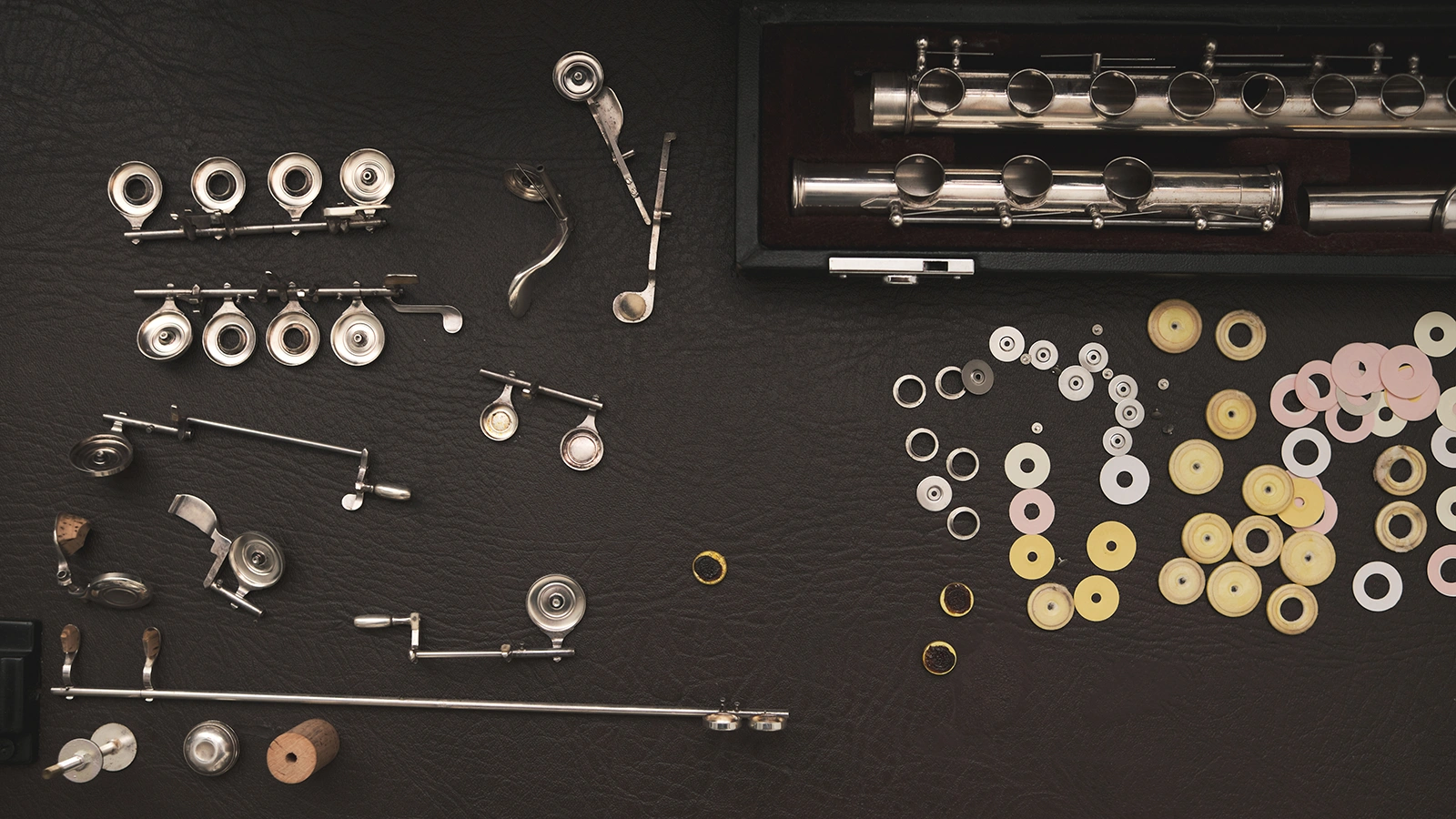As a saxophone player, taking care of your instrument is crucial to maintain its performance and longevity. Regular maintenance ensures that your saxophone produces the best sound possible and prevents any potential issues that may arise from neglect. In this article, we will explore essential tips and techniques for saxophone maintenance, helping you keep your instrument in optimal condition.
Introduction
Table of Contents
- Why Saxophone Maintenance Matters
- Cleaning Your Saxophone
- Disassembling the Saxophone
- Cleaning the Body
- Cleaning the Neck and Mouthpiece
- Cleaning the Keys
- Lubricating the Saxophone
- Checking and Adjusting Pads
- Inspecting and Cleaning the Reed
- Storing and Transporting Your Saxophone
- Regular Servicing and Professional Maintenance
- Troubleshooting Common Saxophone Issues
- Conclusion
- FAQs
Why Saxophone Maintenance Matters
Regular maintenance is essential for your saxophone’s performance and longevity. Neglecting maintenance can lead to issues such as sticky keys, poor intonation, and even damage to the instrument. By following proper maintenance practices, you can ensure that your saxophone remains in optimal condition, allowing you to produce beautiful music.
Cleaning Your Saxophone
Cleaning your saxophone regularly removes dirt, grime, and moisture, preventing buildup that can affect the instrument’s playability. Here’s a step-by-step guide on how to clean your saxophone effectively:
Disassembling the Saxophone
Before cleaning, disassemble your saxophone into its main components: the body, neck, mouthpiece, and reed. This allows you to clean each part thoroughly.
Cleaning the Body
Using a soft, lint-free cloth, gently wipe the body of the saxophone to remove any dust or dirt. Pay extra attention to the tone holes and keypads, as these areas are prone to accumulating debris. Avoid using harsh chemicals or abrasive materials that may damage the instrument’s finish.
Cleaning the Neck and Mouthpiece
Clean the neck and mouthpiece with warm water and mild soap. Use a mouthpiece brush to remove any residue from the mouthpiece’s interior. Rinse thoroughly and dry with a clean cloth before reassembling.
Cleaning the Keys
Clean the saxophone’s keys using a key brush or a soft toothbrush. Remove any dirt or debris between the keys carefully. If the keys are sticky or show signs of oxidation, you can use a small amount of key oil or lubricant to restore smoothness. However, be cautious not to apply too much oil, as it may attract more dirt and cause further issues.
Lubricating the Saxophone
Proper lubrication is vital for the smooth operation of your saxophone’s keys and mechanisms. Apply a small amount of key oil to the pivot points and rods of the keys. This helps reduce friction and ensures that the keys move freely. Remember to wipe off any excess oil to prevent accumulation.
Checking and Adjusting Pads
Inspect the saxophone’s pads for signs of wear or damage. If you notice any leaks or inconsistencies in the pad’s seal, it’s essential to have them repaired or replaced by a professional technician. Adjusting the pads requires precision and expertise, so it’s advisable to seek professional assistance if you’re unsure.
Inspecting and Cleaning the Reed
The reed is a critical component of your saxophone’s sound production. Regularly inspect the reed for signs of wear
or damage, such as cracks or warping. If the reed becomes discolored or develops an unpleasant odor, it’s time to replace it. To clean the reed, rinse it with warm water after each use and store it in a reed case to maintain its shape and longevity.
Storing and Transporting Your Saxophone
When not in use, store your saxophone in a sturdy case to protect it from dust, moisture, and accidental damage. Ensure that the case has a proper padding system to cushion the instrument. When transporting your saxophone, use a reliable saxophone case or gig bag to provide adequate protection during transit.
Regular Servicing and Professional Maintenance
Even with regular maintenance, it’s crucial to have your saxophone professionally serviced at least once a year. A professional technician can perform a thorough inspection, address any underlying issues, and make adjustments that are beyond your expertise. This ensures that your saxophone is in optimal playing condition.
Troubleshooting Common Saxophone Issues
- Sticky keys: If you encounter sticky keys, clean them with a key brush and apply a small amount of key oil.
- Poor intonation: Check if the mouthpiece and reed are properly aligned. Consider consulting a saxophone teacher or technician to address intonation issues.
- Air leaks: Inspect the saxophone’s pads for leaks. If you notice any, seek professional assistance for repairs or replacements.
- Uneven tone: Clean the saxophone thoroughly, paying attention to the tone holes. Consider professional servicing if the issue persists.
Conclusion
Maintaining your saxophone is essential to ensure its longevity and optimal performance. By following the cleaning and maintenance tips outlined in this article, you can keep your saxophone in excellent condition, allowing you to enjoy playing beautiful music for years to come.
FAQs
1. How often should I clean my saxophone?
It’s recommended to clean your saxophone at least once a month or more frequently if you play regularly.
2. Can I use any cleaning solution for my saxophone?
It’s best to use a mild soap and warm water for cleaning the saxophone. Avoid using harsh chemicals that may damage the instrument.
3. Can I store my saxophone without disassembling it?
While it’s possible to store your saxophone without disassembling it, it’s advisable to disassemble and clean the instrument before long-term storage to prevent moisture buildup.
4. Should I oil the saxophone keys regularly?
Applying key oil to the saxophone keys should be done sparingly and only when necessary. Excessive oiling can attract dirt and cause issues.
5. How often should I have my saxophone professionally serviced?
It’s recommended to have your saxophone professionally serviced at least once a year to address any underlying issues and ensure optimal performance.





